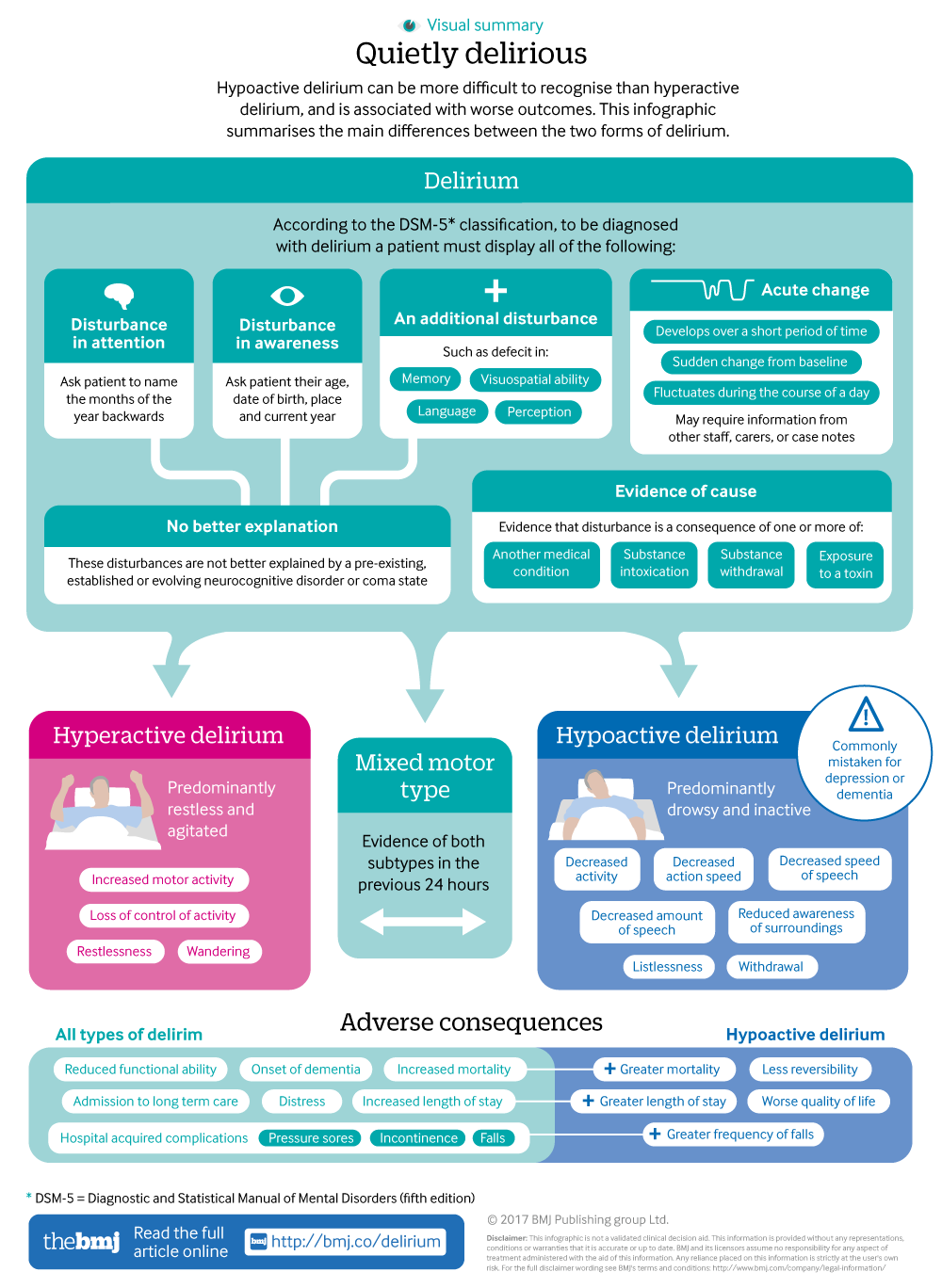Mood stabilizers help to relax areas of the brain that are impacted by bipolar disorder. These medicines are most reliable when they are taken on a regular basis.
It might take a while to locate the ideal medication that functions finest for you and your doctor will certainly monitor your problem throughout treatment. This will certainly include regular blood examinations and potentially a change in your prescription.
Natural chemical guideline
Neurotransmitters are a team of chemicals that control one another in healthy and balanced individuals. When levels come to be unbalanced, this can lead to state of mind conditions like depression, anxiousness and mania. Mood stabilizers help to stop these episodes by assisting manage the equilibrium of these chemicals in the brain. They additionally might be used along with antidepressants to improve their effectiveness.
Medicines that work as state of mind stabilizers include lithium, anticonvulsants and antipsychotics. Lithium is probably one of the most well known of these medicines and works by impacting the flow of salt through nerve and muscle cells. It is frequently used to deal with bipolar affective disorder, but it can likewise be useful in dealing with other state of mind disorders. Anticonvulsants such as valproate, lamotrigine and carbamazepine are likewise effective state of mind supporting drugs.
It can take a while to locate the appropriate type of drug and dosage for each and every person. It is very important to work with your medical professional and take part in an open dialogue concerning exactly how the drug is working for you. This can be specifically useful if you're experiencing any kind of side effects.
Ion network modulation
Ion networks are a major target of mood stabilizers and several other medications. It is currently well established that they are vibrant entities that can be regulated by a variety of exterior stimuli. Furthermore, the inflection of these channels can have a series of temporal effects. At one extreme, changes in gating dynamics might be quick and rapid, as in the nicotinic acetylcholine receptor/channel system. At the other end of the spectrum, covalent alteration by protein phosphorylation may lead to adjustments in channel function that last much longer.
The area of ion channel modulation is getting in a period of maturity. Current studies have actually shown that transcranial focused ultrasound (US) can promote nerve cells by turning on mechanosensitive potassium and sodium channels embedded within the cell membrane layer. This was shown by shared channels from the two-pore domain potassium family in Xenopus oocytes, and focused US substantially regulated the existing moving via these channels at a holding voltage of -70 mV (right panel, family member impact). The outcomes follow previous monitorings revealing that antidepressants influencing Kv networks regulate glia-neuron interactions to opposite depressive-like behaviors.
Neuroprotection
Mood stabilizers, like lithium, valproic acid (VPA), and carbamazepine, are vital in the therapy of bipolar affective disorder, which is identified by recurring episodes of mania and depression. These drugs have neuroprotective and anti-apoptotic homes that assist to avoid mobile damages, and they additionally boost mobile strength and plasticity in useless synapses and neural circuitry.
These protective activities of mood stabilizers may be mediated by their inhibition of GSK-3, inositol signaling, and HDAC activity. Additionally, long-term lithium treatment safeguards against glutamate excitotoxicity in cultured nerve cells-- a version for neurodegenerative disorders.
Studies of the molecular and mobile impacts of mood stabilizers have shown that these medications have a wide range of intracellular targets, including multiple kinases and receptors, along with epigenetic alterations. Refresher course is needed to determine if mood stabilizers have neurotrophic/neuroprotective activities that are cell kind or wiring details, and just how these effects might enhance the rapid-acting healing feedback of these representatives. This will certainly aid to establish new, quicker acting, much more efficient therapies for psychological ailments.
Intracellular signaling
Cell signaling is the procedure by which cells communicate with their environment and other cells. It involves a sequence of steps in which ligands interact with membrane-associated receptors and result in activation of intracellular paths that regulate essential downstream mobile features.
State of mind stabilizers act upon intracellular signaling with the activation of serine-threonine protein kinases, resulting in the phosphorylation of substratum healthy proteins. This triggers signaling cascades, leading to adjustments in genetics expression and cellular feature.
Several mood stabilizers (including lithium, valproate and lamotrigine) target intracellular signaling paths by preventing particular phosphatases or activating details kinases. These results create a reduction in the activity of these paths, which results in a reduction in the synthesis of certain chemicals that can influence the brain and lead to symptoms of depression or mania.
Some state of mind stabilizers also function by improving the activity of the repressive natural chemical gamma-aminobutryic acid ocd treatment (GABA). This enhances the GABAergic transmission in the mind and minimizes neural activity, therefore creating a calming result.
